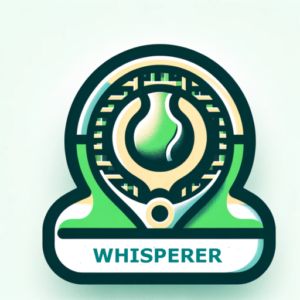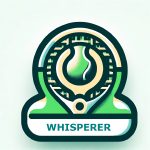What AI Teaches Us About Tennis Fundamentals (Yes, Seriously)
What AI Teaches Us About Tennis Fundamentals (Yes, Seriously)
I’ve been writing a few articles for Pam’s site about AI in the workplace. Wild stuff. AI is everywhere right now—huge potential, big buzz. It’s already changing how people do research, write reports, and make decisions.
But here’s the thing: most AI still only handles the basics—what you might call first-order stuff. It tells you what’s out there. What happened. What exists.
What it doesn’t do so well is second-order thinking—helping you figure out what actually matters, or what to do next.
And that idea—understanding what really matters—got me thinking about tennis.
Are You Practicing the Right “Basics”?
We all hear the same tennis fundamentals repeated: ball watching, balance, rhythm, timing. But how often do we stop to ask: which of these comes first? Which one drives the others?
Not all fundamentals are created equal. Some are first-order skills—the raw inputs your game depends on. Others are second- or third-order outcomes. They only show up once the foundation is strong.
Here’s how they rank, in terms of cause and effect:
First Order: Ball Watching
Everything starts with the eyes. If you’re not tracking the ball closely and early, your body doesn’t have the information it needs. Your movement, decisions, and stroke execution all depend on accurate visual input. Miss this, and everything else suffers.
Second Order: Balance
Once your eyes are doing their job, your body has to respond with control. Balance gives you the ability to set up your shots, stay consistent, and recover quickly. It’s the physical anchor for everything you do on court.
Third Order: Rhythm
When you’re seeing the ball and staying balanced, rhythm starts to appear. It’s the smooth coordination of steps and strokes. Rhythm makes your game feel fluid. But it can’t exist without solid inputs from your vision and posture.
Fourth Order: Timing
Timing is the result of all the above. It’s not something you drill directly. When ball watching, balance, and rhythm are aligned, timing shows up automatically. Chasing timing without the foundation is like trying to decorate a house with no walls.
Why We Train This Way on Sundays
If you’ve been to our Sunday sessions, you know we don’t start with casual “service line to service line” rallies. There’s a reason for that.
Those warm-ups are too passive. Players might be hitting the ball, but they’re not truly seeing it or training their balance under realistic pressure. It looks like warming up—but it’s not building the foundation.
Instead, we begin with drills that isolate and train first-order skills: visual tracking and postural control. Once those are solid, the rest of your game has something to stand on.
Whisperer Wrap
Don’t chase timing and rhythm as if they’re skills you can practice in isolation. They’re not. They’re outcomes.
Instead, train the inputs that create them. Focus on your eyes. Lock in your balance. Build from the ground up.
You might be surprised how much better your game gets—without changing your strokes at all.
P.S. Measured in terms of orders, AI still has a long way to go before it can match the kind of layered expertise it takes to truly master tennis. The human game runs deeper—for now.



